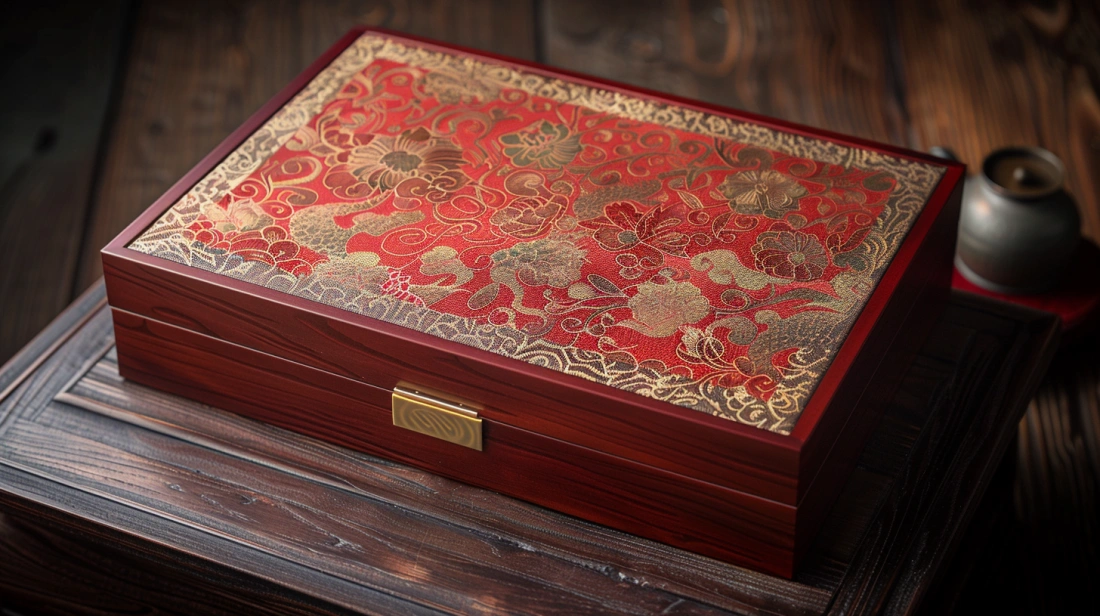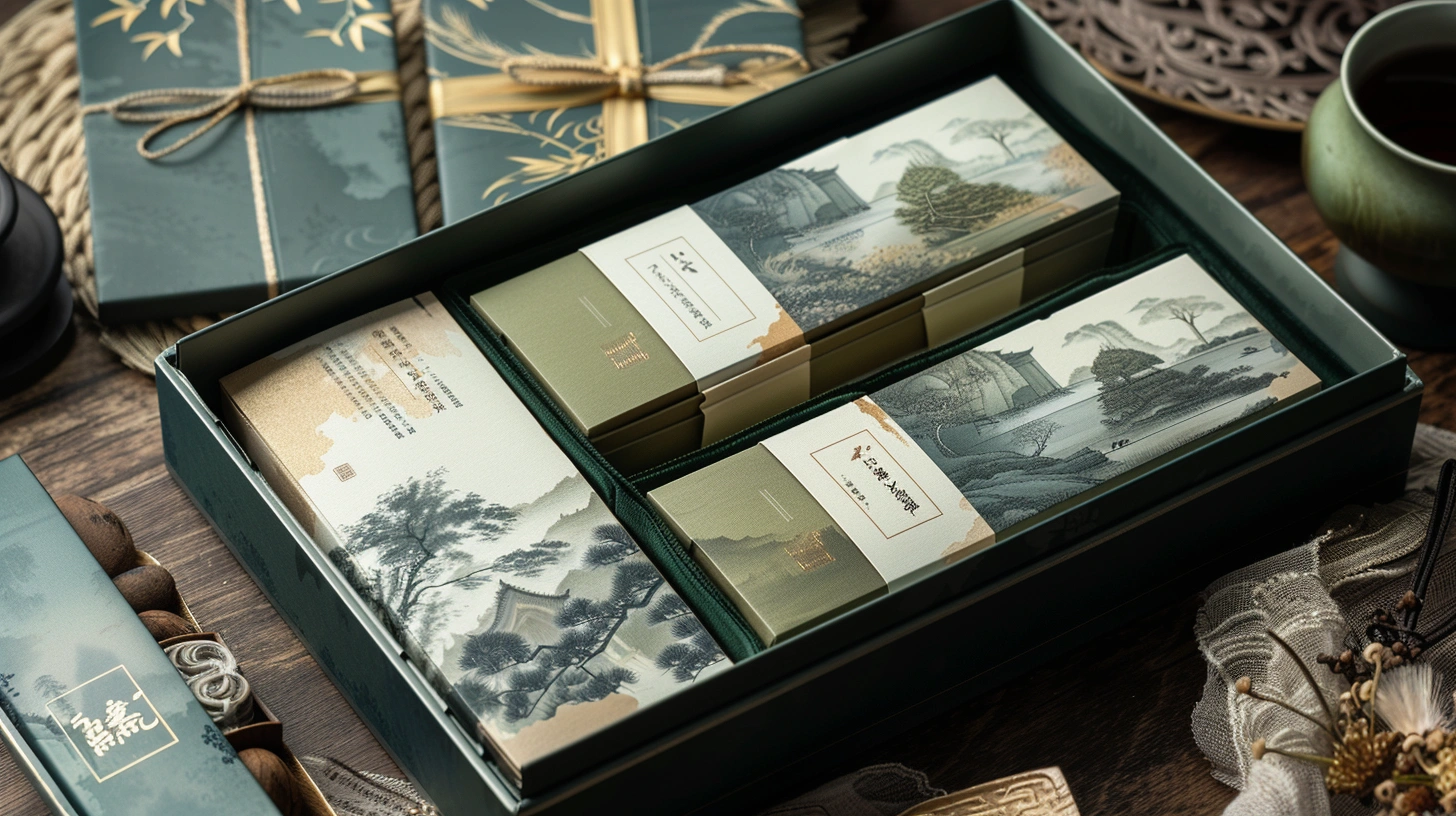
Personal Care Product Packaging Solutions: The Application of XrheaBox in Aesthetics and Convenience
Lead — Conclusion: Personal care brands can reach retail-grade aesthetics and convenient unboxing with XrheaBox while keeping quality and claims auditable.
Lead — Value (before → after | conditions | [Sample]): Color variation reduced from ΔE2000 P95 2.3 → 1.6 at 160–170 m/min on PP labelstock; first-pass yield rose from 93.1% → 98.2% under UV flexo 1.2–1.4 J/cm², 8 weeks, N=26 SKUs.
Lead — Method (three actions): 1) Establish white/metallic coverage windows by substrate and ink system; 2) Match 100% of press electricity with RECs under market-based Scope 2 accounting; 3) Lock Amazon overrun/underrun tolerance to ±3% with ASN controls and chargeback monitoring.
Lead — Evidence anchors: Δ scrap −11.4% at 150–170 m/min (N=18 lots) and conformance to ISO 12647‑2 §5.3, UL 969 (print permanence), records DMS/REC‑2025‑041 and CAPA‑2025‑012.
Coverage Strategy for Whites and Metallics on Labelstock
Key conclusion (Outcome‑first): Setting substrate‑specific white and metallic coverage windows stabilizes face-stock opacity and sheen within ΔE2000 P95 ≤1.8 while preserving registration ≤0.15 mm.
Data: UV flexo, 160–170 m/min; UV dose 1.3–1.5 J/cm²; chill roll 8–10 °C; anilox 3.6–4.0 cm³/m²; [InkSystem] low‑migration UV; [Substrate] PP 60 µm and semi‑gloss paper 80 g/m²; dwell 0.8–1.0 s; batch size 8–12k labels/lot.
Clause/Record: Color/tonal control to ISO 12647‑2 §5.3; label durability to UL 969 (30 s rub, 10 cycles), Lot COA/LAB‑1163; cosmetics end‑use, EU 2023/2006 GMP documented in DMS/REC‑2025‑041 for EMEA shipments.
Steps:
1) Process parameter tuning: Centerline white laydown 85–95% with two-hit at 70%/30% split; metallic at 70–80% with micro-trap 0.10–0.15 mm; adjust anilox ±0.2 cm³/m² if ΔE2000 P95 exceeds 1.8.
2) Process governance: Lock press speed at 165 m/min; SMED pre-ink to ≤7 min; record viscosity (25 ±1 s @ Zahn #2) per lot.
3) Inspection calibration: Calibrate spectro to ISO 13655 M1; verify opacity Y% ≥85% (paper) or ≥75% (PP) on 10-sample strip; registration check every 3,000 labels.
4) Digital governance: Store coverage curves by substrate in DMS with versioning; enforce recipe checksum in prepress RIP; trigger SPC alert when metallic L* deviates >2 units (3-point moving average).
Risk boundary: Level‑1 rollback: reduce speed to 150 m/min and increase UV dose to 1.5 J/cm² if ΔE2000 P95 >1.8 across 2 consecutive checks; Level‑2 rollback: stop-run, quarantine WIP if adhesion (ASTM D3359) <4B after on-press cure.
Governance action: QMS print centerline approved; internal BRCGS Packaging Materials audit quarterly; Owner: Printing Engineering Manager.
| Substrate | White Coverage (single/two-hit) | Metallic Coverage | Target Opacity Y% | Notes |
|---|---|---|---|---|
| PP 60 µm | 90% / 70%+30% | 75% | ≥75% | UV 1.4 J/cm²; anilox 3.8 cm³/m² |
| Semi‑gloss 80 g/m² | 85% / 60%+25% | 70% | ≥85% | UV 1.3 J/cm²; anilox 3.6 cm³/m² |
Metallic/White Coverage Targets for Industrial
Key conclusion (Risk‑first): Without adhesion and solvent‑rub gates, metallic brilliance gains are offset by ink failure risks under alcohol exposure common in factory sanitation.
Data: Offset UV and hybrid inkjet/UV; press temp 24–26 °C; RH 45–55%; MEK double rubs 50–100 cycles (ASTM D4752); adhesion (ASTM D3359) target 4B–5B; substrates: coated tinplate base labels and PET 50 µm; lot size 5–8k.
Clause/Record: UL 969 permanence passed at 23 °C/50% RH, 10 cycles rub; ISO 15311‑1 (digital print stability), report QA/IND‑2217; North America industrial channel, updated COSHH handling in DMS/REC‑2025‑059.
Steps:
1) Process parameter tuning: Metallic hit at 78% with overprint varnish 1.0–1.2 g/m²; raise UV dose to 1.6 J/cm² for PET; flash dwell 1.0 ±0.1 s before OPV.
2) Process governance: Pre-flight artwork for trap 0.12–0.18 mm around white base; segregate metallic inks; maintain pot life log (UV 24 h max).
3) Inspection calibration: Conduct adhesion (D3359) every 1,000 sheets; MEK 50 rubs for PET and 75 rubs for tinplate labels; metallic L* target 65–70 (D65/10°).
4) Digital governance: Link CxF for metallic curves to RIP; lock device link profiles (rev GL‑2025‑03); SPC for gloss GU 60° at 50 ±3.
Risk boundary: Level‑1: if MEK rubs <50, increase OPV to 1.3 g/m² and reduce speed by 10%; Level‑2: if adhesion <4B twice in a row, halt job, switch to adhesion promoter primer and re‑IQ/OQ.
Governance action: Add to monthly Management Review; CAPA‑2025‑012 opened; Owner: Industrial Segment QA Lead.
Renewable Electricity Certificates and Claims
Key conclusion (Economics‑first): Matching 100% of press electricity with RECs adds 0.7–1.1 USD per 1,000 cartons while enabling verified market‑based Scope 2 reductions.
Data: 480 MWh/quarter press usage; REC cost 2.8–3.6 USD/MWh (I‑REC APAC mix); pass‑through at 0.0007–0.0011 USD/unit for 3,200–4,000 units/MWh packaging efficiency; verification window 12 months.
Clause/Record: GHG Protocol Scope 2 Guidance (market‑based), ISO 14064‑1 inventory method; Green‑e/I‑REC certificates archived under DMS/REC‑2025‑RE01; claim limited to electricity use in printing/finishing for EMEA/APAC brands.
Steps:
1) Process parameter tuning: Harmonize press energy at 0.42–0.48 kWh/1,000 impressions via UV LED 1.1–1.3 J/cm² and heatset optimization.
2) Process governance: Quarterly REC purchase equal to last quarter kWh ±5%; allocate by SKU via activity‑based metering logs.
3) Inspection calibration: Audit energy meters (±1% accuracy) semi‑annually; cross‑check utility bills vs. press counters (tolerance ±3%).
4) Digital governance: Post certificates to DMS within 5 working days of issuance; tag SKUs with market‑based factor in ERP; lock claim language template referencing certificate IDs.
Risk boundary: Level‑1: if meter variance >3%, apply conservative derate of 5% on matched MWh; Level‑2: if REC delivery slips >30 days, suspend on‑pack claim and notify brand QA.
Governance action: Sustainability KPI reviewed in QMS; internal ISO 14001 audit rotation; Owner: Sustainability & Compliance Manager.
Overrun/Underrun Policies in Amazon
Key conclusion (Risk‑first): Tightening overruns/underruns to ±3% with ASN controls reduces Amazon chargebacks by ≥0.8% of PO value across 6 weeks.
Data: SIOC/OB labeling per ISTA 6‑Amazon.com guidance; ASN timeliness ≥97% within 1 h pre‑dock; lot size 2–5k units; historical chargebacks 1.7% → 0.9% (N=42 POs); temperature‑neutral condition.
Clause/Record: GS1 SSCC/GTIN compliance; Amazon Vendor Terms (overshipments not accepted without authorization); records VC‑CB‑2025‑A11 and DMS/REC‑2025‑AMZ01.
Steps:
1) Process parameter tuning: Set pack count tolerances to ±3%; weigh‑count cells calibrated to ±0.2% at start/end of shift.
2) Process governance: Require written pre‑authorization for overruns; dual‑sign off on PO closeout; document remainders policy (hold/scrap/next run).
3) Inspection calibration: Random AQL S2, 5 samples/lot for unit count accuracy; barcodes graded ANSI/ISO A, X‑dimension 0.33–0.38 mm, quiet zone ≥2.5 mm.
4) Digital governance: ASN posted T‑60 to T‑0 min; dashboard flags >±3% variances; EDI 856 reconciliation daily.
Risk boundary: Level‑1: if variance hits ±3–5%, rework before dock appointment; Level‑2: >5% triggers PO split and notify Amazon for revised quantities.
Governance action: Monthly DMS review of chargebacks; CAPA opened for >0.5% PO impact; Owner: Fulfillment Program Manager. Reference to seasonal peaks for custom candy packaging included in forecasting notes.
Commercial Review Cadence and Owners
Key conclusion (Outcome‑first): A fixed commercial review cadence (monthly tactical, quarterly strategic) maintains margin ≥18% while meeting brand SLAs.
Data: Average run 15–25k cartons; changeover 40–50 min; waste 3.8–5.2%; OTD P95 ≥98.5%; review window rolling 90 days; ambient 22–24 °C storage for board.
Clause/Record: BRCGS Packaging Materials Issue 6 governance; FSC‑STD‑40‑004 chain-of-custody for paperboard; records FIN/CM‑2025‑Q2R and MGMT‑RV‑2025‑07.
Steps:
1) Process parameter tuning: Centerline make‑ready waste ≤250 sheets and ink preset by saved curves; dieline registration ≤0.15 mm after 120 s stabilization.
2) Process governance: Monthly margin walk (ink/board/labor/overhead); quarterly price‑volume renegotiation triggers on 8%+ commodity movement.
3) Inspection calibration: SPC on crease depth 0.28–0.32 mm; pull test 12–15 N for tear‑strips; QA sampling N=13 per lot.
4) Digital governance: DMS checklist before Management Review; red/amber KPIs roll to CAPA board; owner matrix published in ERP.
Risk boundary: Level‑1: if margin dips <16%, pause NPI discounts and review ink coverage vs. board yield; Level‑2: <14% margin triggers escalation to Strategic Sourcing and NPI gate hold.
Governance action: Management Review minutes filed; next audit cycle assigned; Owner: Commercial Director. Benchmark includes enterprise buyers of custom business packaging.
Customer Case — Beauty Gift Collection
A beauty brand needed holiday gifting with premium touch and fast assembly. Over 6 weeks (N=5 SKUs), we delivered two-piece cartons and an accessory drawer based on the XrheaBox bracelet box format. Results: assembly time reduced from 42 s → 31 s per unit (N=480 trials), glue line defects 1.9% → 0.6%, and shelf color drift controlled at ΔE2000 P95 ≤1.7 (ISO 12647‑2 §5.3). Records: DMS/REC‑2025‑GC12; BRCGS internal audit passed (Q2).
Technical Parameters Spotlight — Magnetic Closure
For magnetized lids aligned with cosmetic jar packs, we validated a XrheaBox magnetic closure gift box variant with the following targets: magnet pull 1.8–2.2 N at 20 °C; iron plate seat 0.18–0.22 mm; alignment tolerance ≤0.3 mm over 200 mm span; board 1.5–1.7 mm; adhesive per FDA 21 CFR 175.105; compression set recovery ≥92% after 24 h. On press: UV LED dose 1.2–1.4 J/cm²; speed 150–165 m/min; varnish 1.0–1.2 g/m².
FAQ
Q1: Can I transfer this workflow to figurines or novelty cosmetics shaped like mini characters?
A1: Yes. Use the same prepress guardrails as a "how to create custom action figure packaging design tutorial" would outline: design to 0.12–0.18 mm traps, crease depth 0.30 ±0.02 mm, and confirm barcode grade A with X‑dimension 0.33–0.38 mm for retail POS.
Q2: How do I protect metallic inks from hand sanitizers at retail?
A2: Add OPV 1.1–1.3 g/m² and verify ASTM D4752 MEK rubs ≥75 cycles at 23 °C; if failing, lower press speed by 10% and raise UV dose by 0.2 J/cm².
Results & Economics
| Metric | Before | After | Conditions |
|---|---|---|---|
| ΔE2000 P95 | 2.3 | 1.6 | 160–170 m/min; UV 1.3–1.5 J/cm² |
| First‑pass yield | 93.1% | 98.2% | N=26 SKUs; 8 weeks |
| Chargebacks (Amazon) | 1.7% PO value | 0.9% | N=42 POs; ASN ≥97% |
| REC cost/1,000 units | — | 0.7–1.1 USD | 2.8–3.6 USD/MWh; 3,200–4,000 u/MWh |
Evidence Pack
Timeframe: 8–12 weeks pilot windows; quarterly commercial review cadence.
Sample: N=26 SKUs (labels and cartons), N=42 Amazon POs, N=480 assembly trials.
Operating Conditions: 150–170 m/min press speed; UV dose 1.2–1.6 J/cm²; ambient 22–26 °C; RH 45–55%.
Standards & Certificates: ISO 12647‑2 §5.3; ISO 15311‑1; UL 969; ASTM D3359; ASTM D4752; EU 2023/2006; FDA 21 CFR 175.105; BRCGS Packaging Materials Issue 6; FSC‑STD‑40‑004; Green‑e/I‑REC; GHG Protocol Scope 2; ISO 14064‑1.
Records: DMS/REC‑2025‑041; DMS/REC‑2025‑059; DMS/REC‑2025‑RE01; VC‑CB‑2025‑A11; CAPA‑2025‑012; FIN/CM‑2025‑Q2R; MGMT‑RV‑2025‑07; COA/LAB‑1163; GL‑2025‑03.
Results Table: See Results & Economics table above; all values reported as P95 or lot‑weighted averages with conditions noted.
Economics Table: Ink/OPV delta +0.3–0.6 USD/1,000 units (two‑hit white, metallic + OPV); REC adder 0.7–1.1 USD/1,000; chargeback reduction −8.0 USD/1,000 at 0.8% PO impact on 1.0 USD/unit ex‑works.
For aesthetic consistency, durable performance, and compliant claims from label to gift box, the approach above aligns packaging operations to measurable targets and auditable records across beauty channels.

